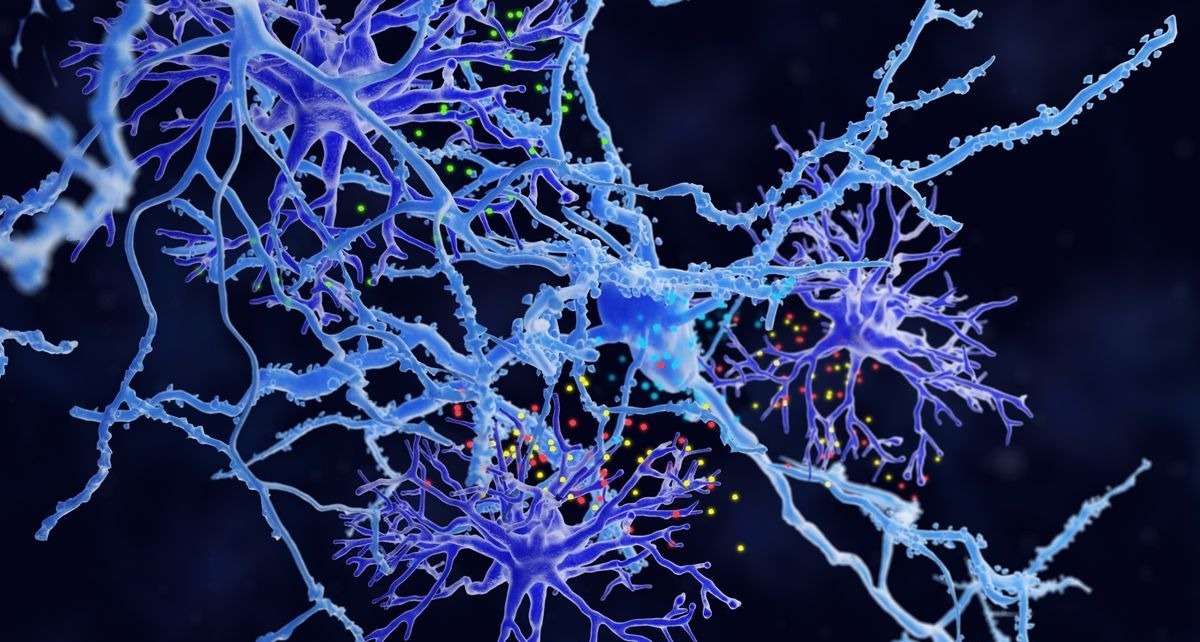For years, scientists believed adult brains couldn’t produce new neurons. But research over the past three decades has proven otherwise. A process called hippocampal neurogenesis—the creation of new brain cells—occurs in adults, particularly in the hippocampus, a brain region tied to memory, learning, and emotion. And one of the most effective ways to trigger this process? Exercise.
The Brain-Boosting Power of Movement:
Not all exercise benefits the brain equally. The type, intensity, and frequency of activity—and whether it involves cognitive engagement—can make a big difference.
One proven method is dual-task walking, which combines movement with mental challenges like counting backwards or naming words in a category. This coordination of physical and mental effort enhances activity in the hippocampus and supports neurogenesis.
Resistance training, using weights, bands, or bodyweight, is another effective approach. It boosts levels of neuroprotective factors that help support brain cell growth and protect against cognitive decline.
Why Your Legs Matter Most:
The legs house the largest muscles in the body. Exercises like walking, cycling, climbing stairs, or squats activate these muscles, increase cardiovascular output, and trigger system-wide changes that benefit the brain. Research consistently shows that leg-based endurance exercises can improve cognitive function, especially in older adults.
How It Works:
Exercise raises levels of key brain chemicals like BDNF, IGF-1, and VEGF, which promote the growth and survival of new neurons. It also improves blood flow and reduces inflammation and oxidative stress, creating an ideal environment for brain cell development.
Train Your Body, Train Your Brain:
Strong legs and a strong brain go hand in hand. Just a few sessions a week of resistance training, dual-task walking, or leg-focused cardio can enhance memory, focus, mood, and protect against age-related decline.
The takeaway? Every step, squat, and rep is not just a move for your muscles—it’s an investment in your mind.




